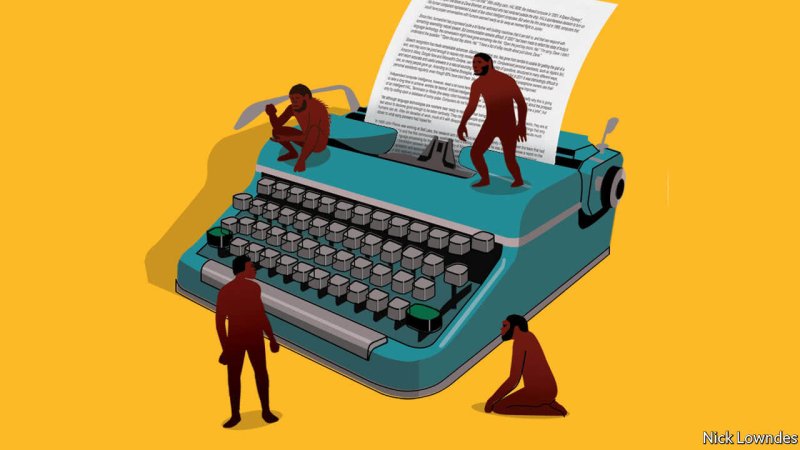One of those ideas is the notion that a single gene mutation, perhaps prompting a rewiring in the brain yielding novel neural circuitry, gave rise to human language between 70,000 and 100,000 years ago.
“This controversial hypothesis leads to the conclusion that our modern language capacity emerged instantaneously in a single hominin individual who is an ancestor of all (modern) humans,” researchers Bart de Boer, Bill Thompson, Andrea Ravignani, and Cedric Boeck summarized in a new article published to the journal Scientific Reports.
That is quite a bold claim indeed, and many scientists have serious doubts about it.
“Chomsky’s contention has little or no genetic support,” University of Colorado-Colorado Springs Psychology Professor Frederick L. Coolidge wrote. “One gene does not suddenly cause hierarchically structured language.”
The researchers behind the new paper, all distinguished linguistics experts from preeminent institutions in Europe, also professed skepticism, but decided to grant all of Chomsky’s assumptions in his original hypothesis and examine it from the standpoint of evolutionary dynamics.
What is more likely, they asked, that a single, all-important language mutation sprung up and spread to all Homo sapiens over the course of 100,000 years, or that many, smaller mutations gave rise to human language over a vastly longer timespan?
Conducting many simulations informed by known variables of evolutionary dynamics with various population sizes and generational timespans, the authors found that it’s much more probable that language evolved through a gradual accumulation of many, smaller mutations, rather than one giant mutation as Chomsky proposes.
A big factor undergirding this result is that many, smaller mutations could spread at the same time. Moreover, even if some fail to become fixed in the human population, other mutations that produce similar phenotypic effects could emerge and take their place. This is not the case for Chomsky’s proposed single mutation – it either becomes fixed or fades out.
This research is all highly speculative, of course, as the evolution of language is notoriously challenging to explore with any certainty.
“The basic difficulty with studying the evolution of language is that the evidence is so sparse,” Ray Jackendoff a former student of Chomsky’s and co-director of the Center for Cognitive Studies at Tufts University, wrote. “Spoken languages don’t leave fossils, and fossil skulls only tell us the overall shape and size of hominid brains, not what the brains could do.”
Steven “Ross” Pomeroy is Chief Editor of RealClearScience. A zoologist and conservation biologist by training, Ross has nurtured a passion for journalism and writing his entire life. Ross weaves his insatiable curiosity and passion for science into regular posts and articles on RealClearScience’s Newton Blog. Additionally, his work has appeared in Science Now and Scientific American. Follow him on Twitter @SteRoPo
A version of this article was published on RealClearScience’s website and has been republished here with permission.































